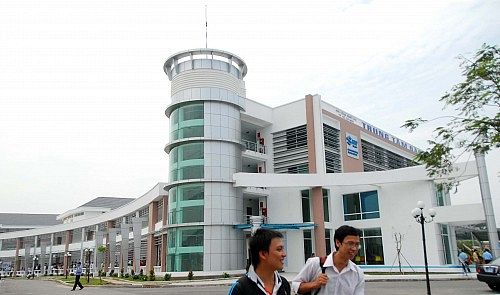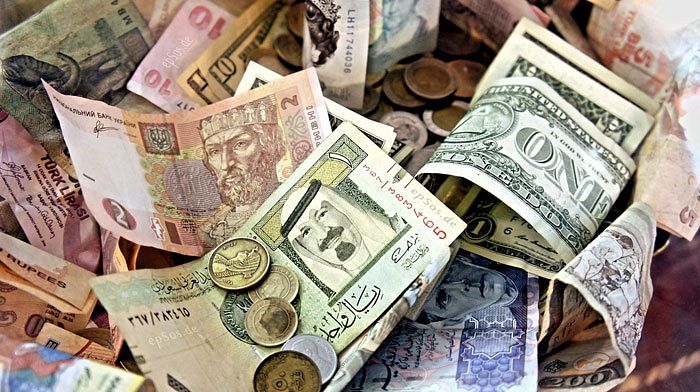Not long ago, I traveled to Vietnam’s countryside, mainly in the Mekong Delta provinces. Along the way, I stumbled upon a number of churning wind turbines, showing that the Vietnamese people are becoming more aware of the benefits of alternative sources of energy.
In Đồng Nai Province, there’s an island located in the middle of Trị An Lake, called “Đảo Ó.” Despite the fact that it lies next to the Trị An Dam, one of the largest hydroelectric power plants in Vietnam, Đảo Ó residents and tourists must rely entirely on one solar power panel and one wind turbine to provide electricity for their daily activities. On a windy day, residents are fortunate to have enough power to sustain them through the dark night.
This is just one example of how Vietnamese are adopting sustainable technologies in their daily life and wind power will continue to play an important part in this innovative journey.
The aforementioned Mekong Delta is now home to the largest wind power project in South East Asia in South East Asia which has been connected to the national power grid since 2013. For the moment, Vietnam Electricity Group (EVN) Petro Vietnam Power Corporation pays approximately 7.8 U.S. cents per kWh generated by onshore wind farms and 9.8 U.S cents per kWh by offshore projects.
Around 10 giant turbines have been installed in the waters off of Bạc Liêu since 2012 at a price tag of $214 million. By 2010, Vietnam had 2 operational wind turbine projects in Bình Thuận Province, one financed by Petro Vietnam Power Corporation and the other by Vietnam Renewable Energy One Member Company Limited. These turbines generate a total of 52MW per year, a number that is expected to increase in the future.

Workers construcing the foundation for a wind turbine in Bạc Liêu.
These 3 wind electricity projects offer a great opportunity for Vietnam to further develop the energy on both a national and regional scale.
Here are 3 reasons why wind power presents advantages for the future of Vietnam’s energy needs:
1. Wind power has huge potential
According to recent wind power research from the World Bank (WB), Vietnam has more wind power potential than Thailand, Laos and Cambodia. Moreover, in coastal areas and islands along the East Sea, total wind power capacity could reach 200,000MW. Vietnam could reap huge benefits by tapping into this potential with further investment.
2. Wind power is environmentally friendly
Environmental protection has proved to be a major challenge as Vietnam continues to develop. But combining new technologies with the force of wind could be an ingenious solution to the problem.
According VOV, Vietnam’s Ministry of Industry and Trade predicts that the country’s total wind power capacity on land could reach 513,000MW, 200 times that of the current Sơn La hydroelectric power plant, one of the biggest power sources of the entire country. With that in mind, renewable and clean wind power could save the day by giving Vietnam an additional power source at a reasonable price.

A worker inspects wind turbine generator coils at a Hải Phòng Factory.
3. Wind Power is an attractive investment
Wind power is an attractive investment for both local and international firms. This year, Vietnam received 3.7 million euros from Germany to create a zoning plan for wind power projects. Overall, there are about 48 wind power projects registered for investment nationwide, of which 3 are currently in operation. Investment in the technology would not only help build more wind turbines, but also help stimulate the economy in rural areas.
Even with these advantages, fully exploiting the potential of wind power in Vietnam has been slow due to the lack of a long-term strategy from the government.
The country should be encouraging both foreign and local investors to jump on the bandwagon and increase their investment commitments. To show that the country is truly serious about tapping into its clean energy resources, a national department for wind power and renewable energy should be created to co-operate closely with other ministries and the power sector.
[Top photo via Vlasta Juricek]














